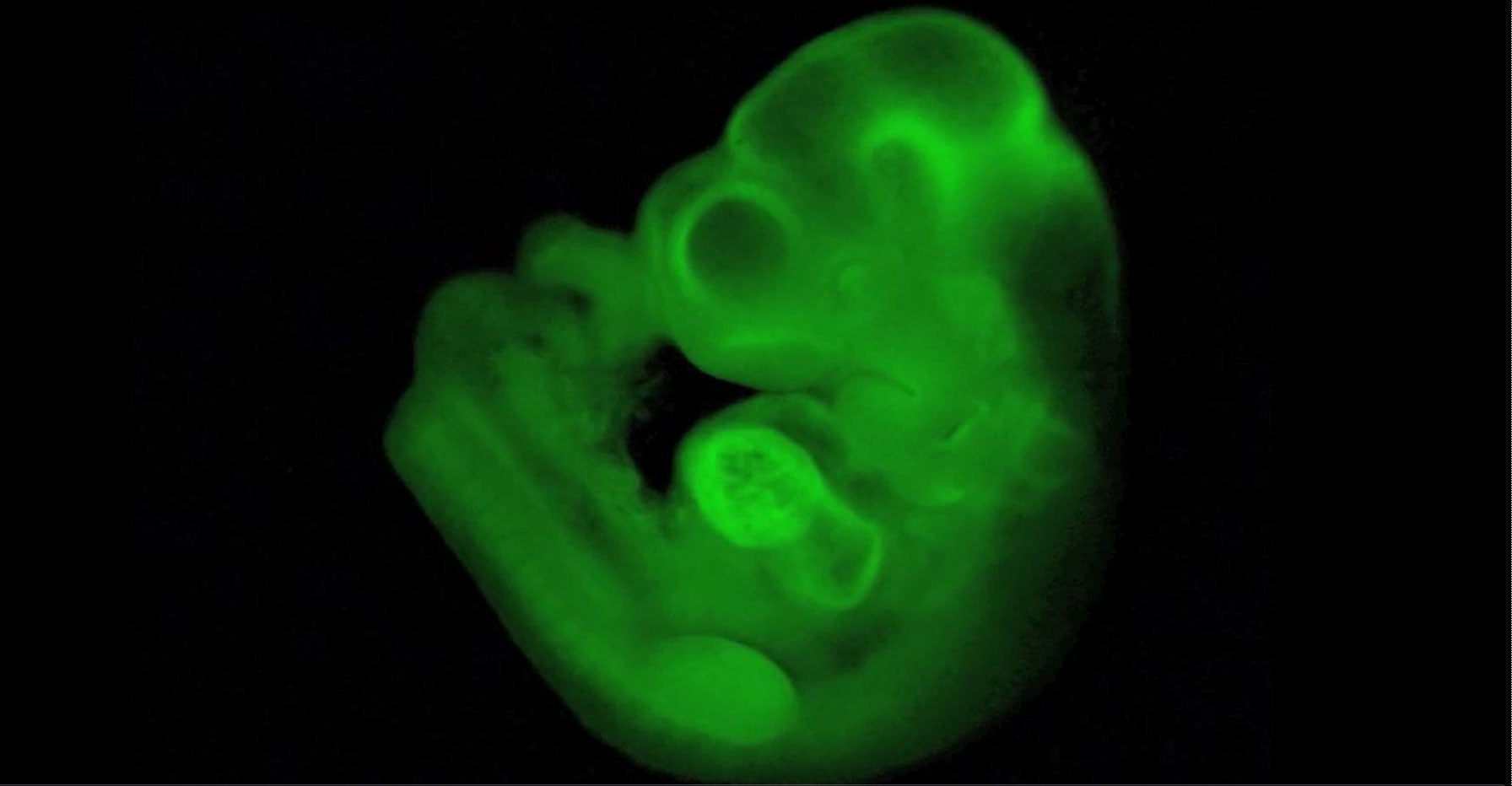Lab launches misconduct probe into stem cell 'breakthrough' study after researchers admit mistakes in experiments
Other scientists were unable to reproduce work published in Nature journal

Your support helps us to tell the story
From reproductive rights to climate change to Big Tech, The Independent is on the ground when the story is developing. Whether it's investigating the financials of Elon Musk's pro-Trump PAC or producing our latest documentary, 'The A Word', which shines a light on the American women fighting for reproductive rights, we know how important it is to parse out the facts from the messaging.
At such a critical moment in US history, we need reporters on the ground. Your donation allows us to keep sending journalists to speak to both sides of the story.
The Independent is trusted by Americans across the entire political spectrum. And unlike many other quality news outlets, we choose not to lock Americans out of our reporting and analysis with paywalls. We believe quality journalism should be available to everyone, paid for by those who can afford it.
Your support makes all the difference.A scientific misconduct investigation has begun into a study purporting to show that stem cells can be created by simply adding weak acid solution to skin or blood cells, after other scientists failed to reproduce the work published earlier this year by a team of Japanese and American scientists.
The Riken Centre for Development Biology in Kobe has launched a full-scale inquiry into the methods and findings of its own researchers who stunned the world in January by claiming in the journal Nature that they had produced so-called STAP stem cells and embryos from blood cells subjected to the acid treatment.
Profesor Ryoji Novori, the President of Riken and a Nobel laureate, issued a statement today saying that the reproducibility and credibility of the study must be rigorously validated in the light of reports that mistakes had been made in preparing the scientific paper.
“It is extremely regrettable that significant discrepancies have been found to have been generated in the process of preparing the Nature articles for publication,” Professor Novori said.
“We are investigating these discrepancies, with the understanding that it may become necessary to demand the withdrawal of the articles. Should the investigative committee conclude that there was research misconduct, we will take strict disciplinary action as stipulated by our own regulations,” he said.
Haruko Obokata, a young Riken researcher, carried out the benchwork that led to the creation of the STAP cells, while the development into embryos was undertaken by Professor Teruhiko Wakayama of the University of Yamanashi, a distinguished expert on cloning, who has since voiced doubts over the work.
“I’m no longer sure that the articles are correct,” Professor Wakayama said at a press conference given on Monday evening in Japan. It is understood that he has doubts over the provenance of the cells supplied by Obokata and wants the papers retracted until the work can be thoroughly verified.
Professor Charles Vacanti of Brigham and Woman’s Hospital in Boston, a co-author of the research, who also claimed to have repeated the breakthrough on human cells, said that he is waiting for the outcome of the Riken investigation before deciding on what to do next.
“In the meantime, I continue to feel that the findings presented in these papers are too significant to disregard based on relatively minor errors or external pressures. In the absence of compelling evidence that the data presented is incorrect, I do not believe that the manuscripts should be retracted, however; this decision is of such importance, that I plan to speak with all of the co-authors prior to making any recommendation,” Professor Vacanti said.
“I firmly believe that the most appropriate course of action at this time is to clarify, in a very specific manner, all of the subtleties associated with the creation of STAP cells by posting specific details of our most effective protocol on our laboratory web site. This action should enable other investigators to replicate our findings, which is what I believe to be the accepted scientific process. I believe, over time, the science will speak for itself,” he said.
Other researchers have pointed out that it is not uncommon for this kind of work to be difficult to reproduce. For instance, it took a year for other scientists to reproduce the cloning work that led to Dolly the sheep.
Join our commenting forum
Join thought-provoking conversations, follow other Independent readers and see their replies
Comments